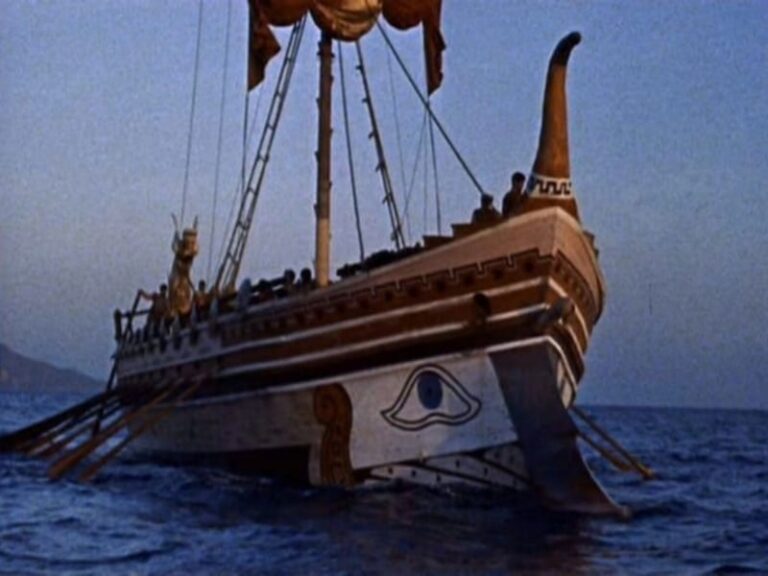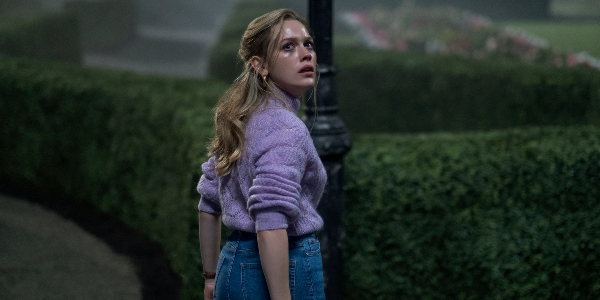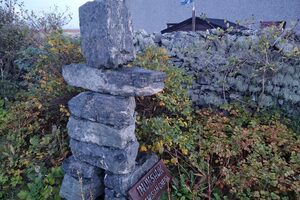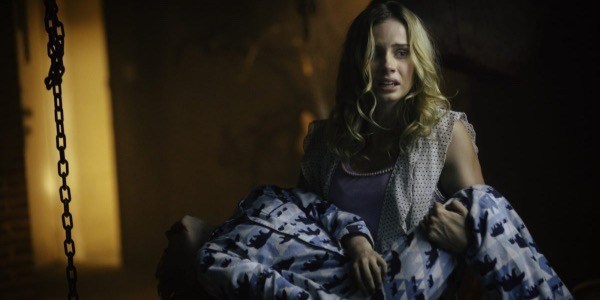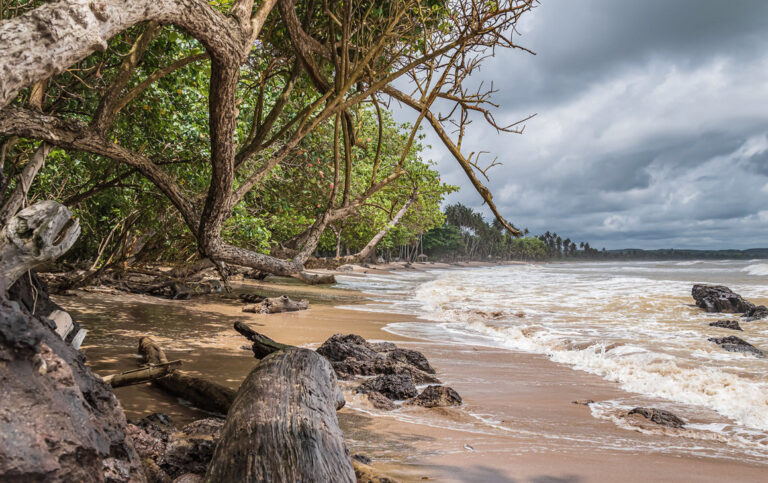Jelgava Palace in Jelgava, Latvia
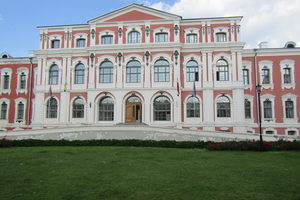
The riverside façade of Jelgava Palace is magnificent. Designed by the court architect of Imperial Russia, Bartolomeo Rastrelli of Winter Palace fame, its baroque exterior is graced by ornate windows and striking cast-iron medallions.
With 669 rooms, 674 windows, 615 doors, and 25 chimneys, the palace served as the principal residence of the rich and powerful dukes of Courland. Situated on low lying land that is prone to seasonal flooding on the banks of the Lielupe, Jelgava Palace lacks a formal garden and is not considered Rastrelli’s best work. However, it’s reputed to be the largest baroque palace in the Baltic region.
Constructed on the site of a medieval Livonian fortification, the property was acquired by the Duchy of Courland after the disbandment of the crusading order. Anna Ivanovna, of the ruling Romanov dynasty in Russia, lived in the old castle during her tenure as the Regent of Courland. This lasted until her accession to the Imperial Russian throne in 1730.
It was Duke Ernst Johann von Biron who commissioned the new palace in Jelgava to be built in place of the old castle. It was completed in two stages, reflecting the rise and fall in his fortunes. In the late 18th–century, the duchy was annexed by the Russian Empire and the palace in Jelgava came into the possession of its tsars.
Fleeing from the terror and bloodshed unleashed during the French Revolution, the future Louis XVIII, was given sanctuary at the palace at Jelgava. Here, he set up a court in exile, following as closely as possible the courtly rituals of Versailles. It was in this palace that Marie Therese, the only surviving offspring of the hapless Louis XVI and his consort Marie Antoinette, celebrated her nuptials.
Following the Declaration of Independence of Latvia in 1918, Jelgava Palace was repurposed to serve as an agricultural university, a role it still fills today.

